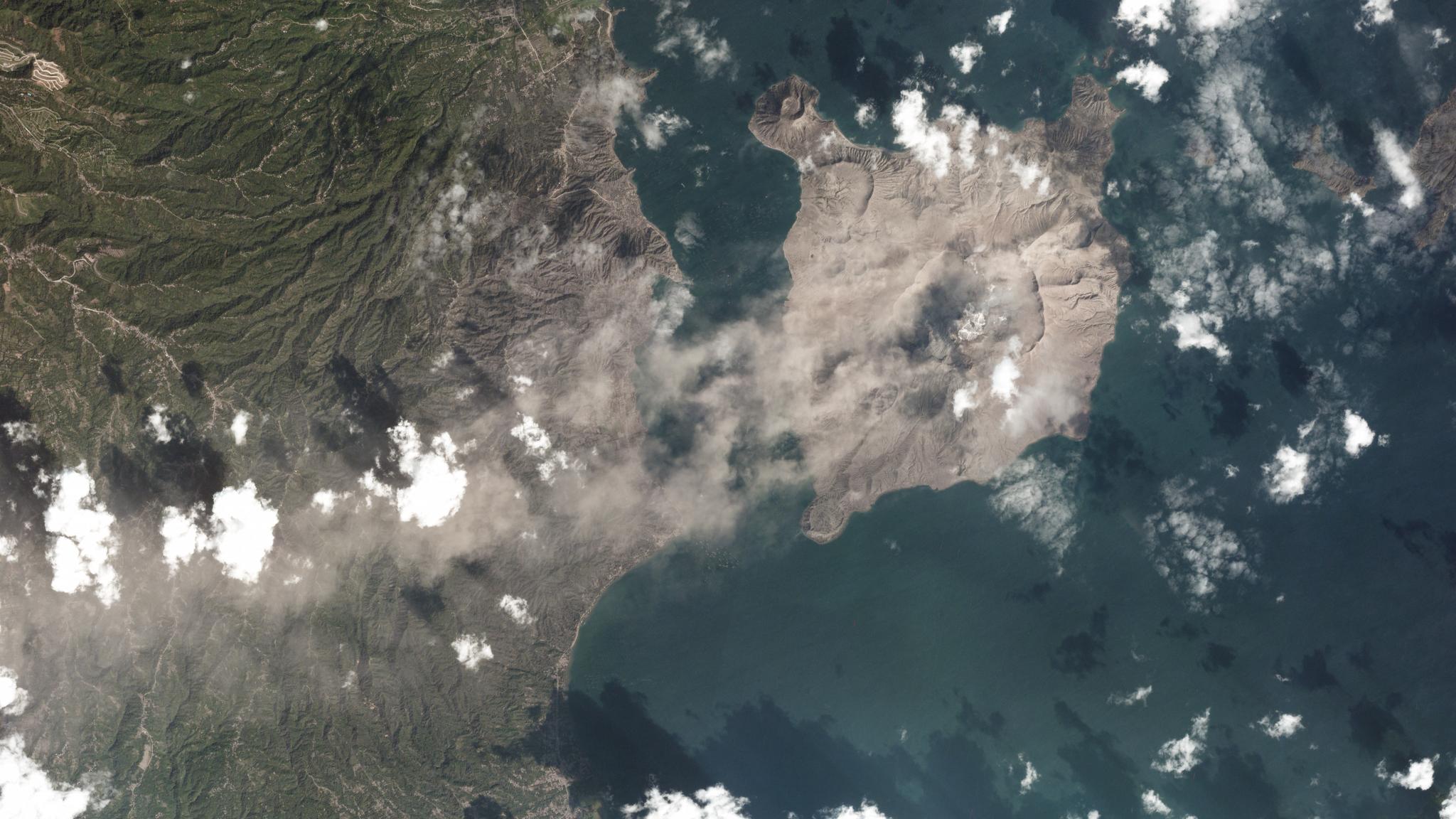Wuhan Reacts to Coronavirus, the Taal Volcano Erupts and More
Journalists continue to utilize satellite data to inform the public about pressing issues. Here are some examples of how satellite imagery has been used to help monitor important global events.
The Phases of Wuhan
Reuters utilized satellite data to track the effects that the coronavirus outbreak has had on Wuhan, the capital of Central China’s Hubei province. Quarantine efforts have essentially brought the city of 11 million to a halt as people stay inside their homes to help protect themselves from illness. Below are a series of Planet images documenting the changes in Wuhan as they’ve unfolded. [caption id="attachment_144512" align="aligncenter" width="800"]

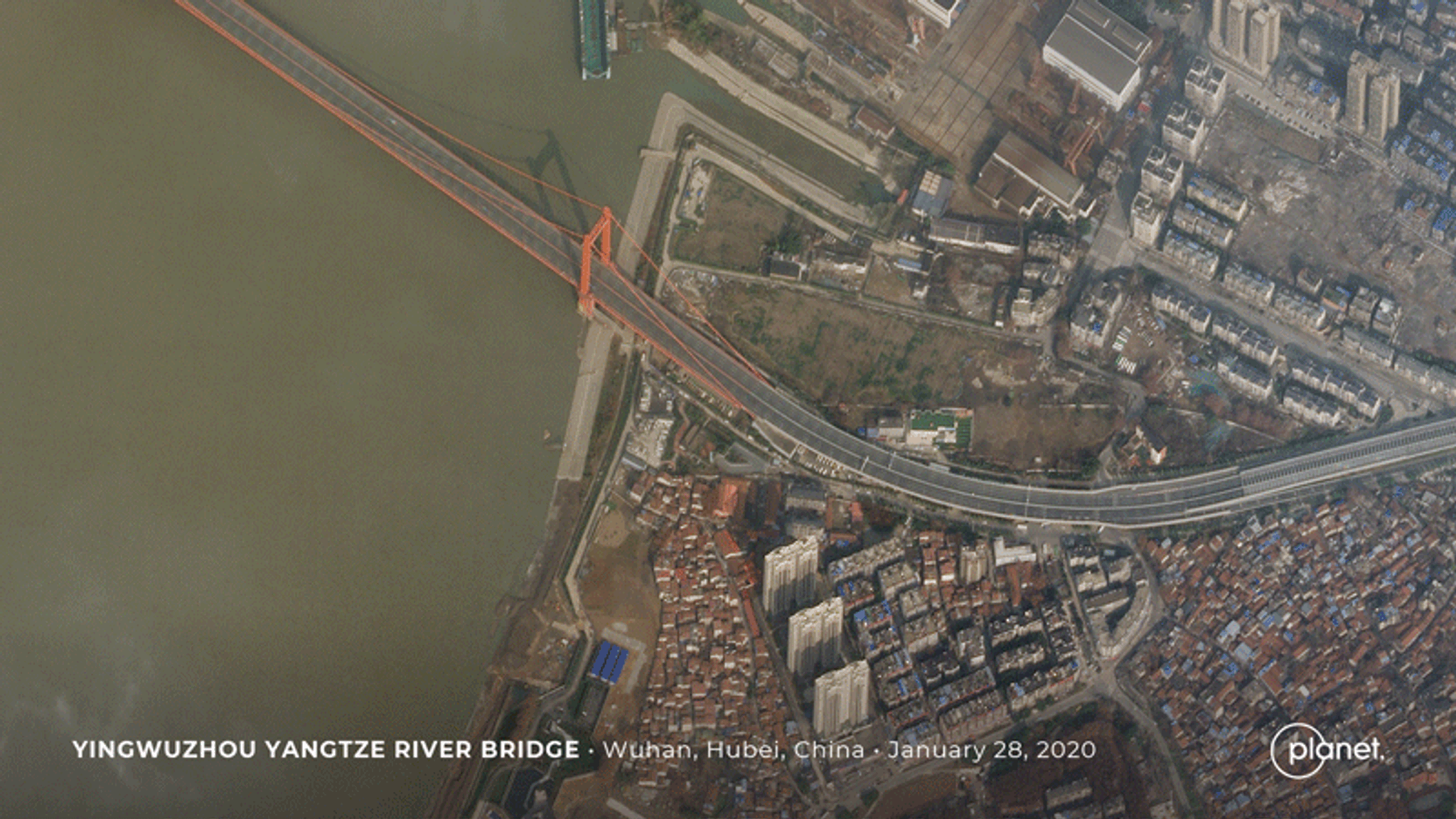
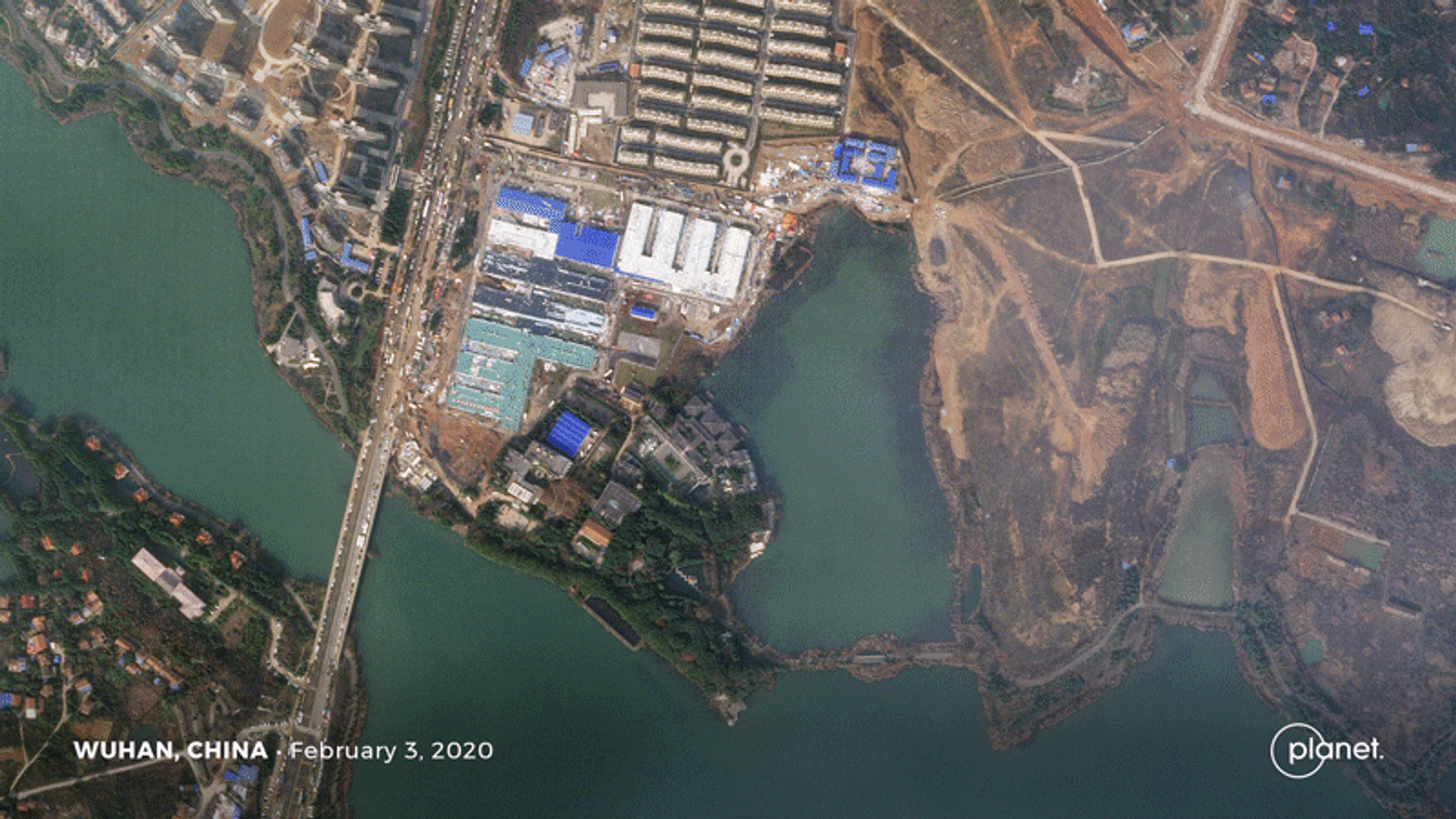
Iran’s Possible Satellite Launch Prep
Planet’s satellites captured imagery suggesting that Iran is preparing for another space launch—a conclusion drawn by arms control expert Jeffrey Lewis, professor at the Middlebury Institute of International Studies at Monterey. "It looks pretty clearly to us like Iran is going to try and put a satellite into space," Lewis told NPR. [caption id="attachment_144515" align="aligncenter" width="800"]
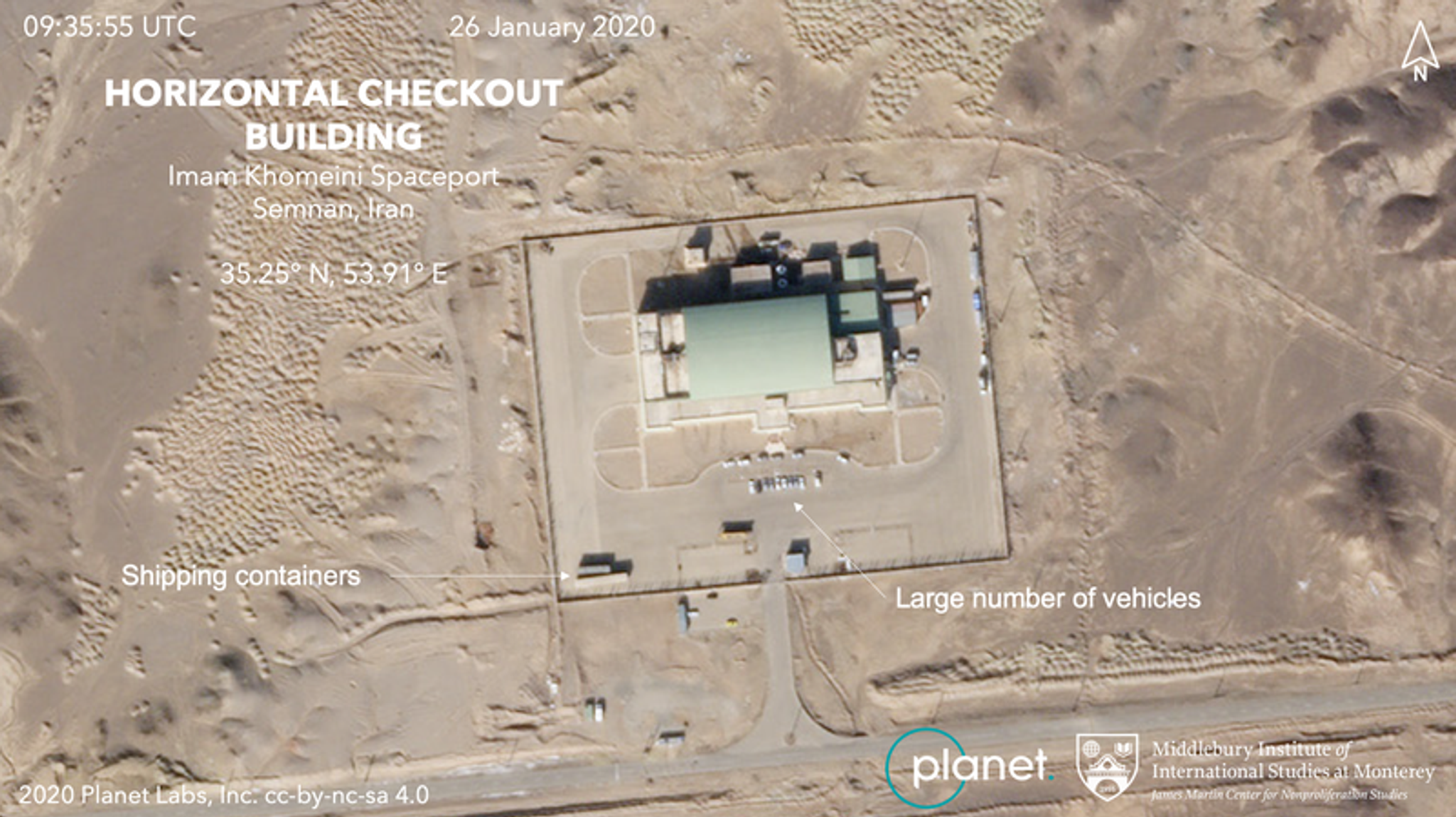

North Korean Missile Observations
Planet imagery analyzed by experts at Middlebury Institute shows recent vehicle activity at a North Korean missile site. Defense officials say that North Korea could be preparing for a missile or missile engine test. The "activities are consistent with what we've seen prior to other missile tests," one senior U.S. official told CNN. While there’s no indication of an imminent test launch, they would not rule out the possibility, officials add. [caption id="attachment_144517" align="aligncenter" width="780"]
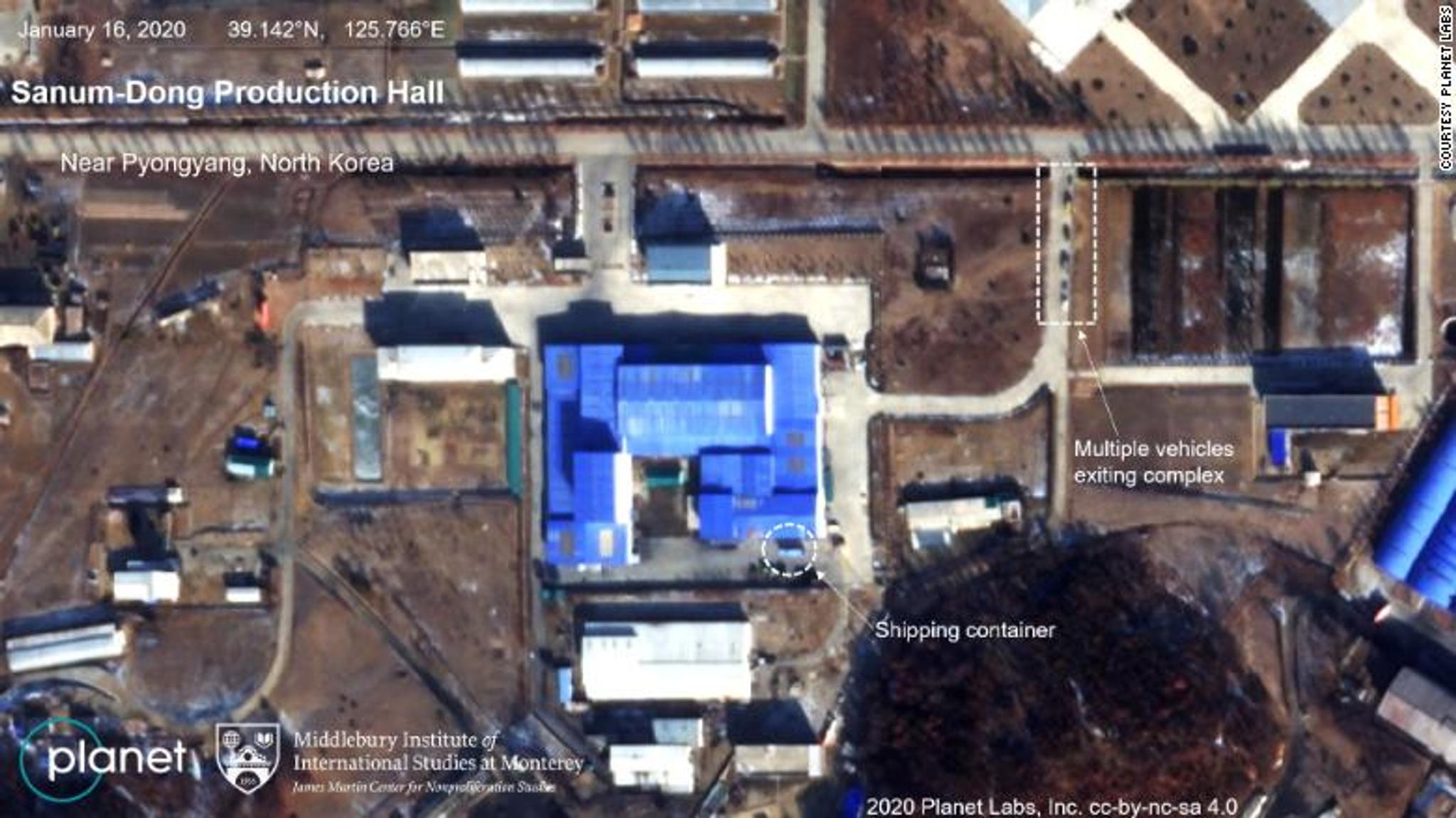
The Eruption of Taal
The Taal volcano in the Philippines experienced a series of eruptions recently, launching debris and ash more than 30,000 feet into the air. Planet captured imagery of the event, providing visual coverage to Axios and the Washington Post. [caption id="attachment_144518" align="aligncenter" width="1920"]


Ready to Get Started
Connect with a member of our Sales team. We'll help you find the right products and pricing for your needs


